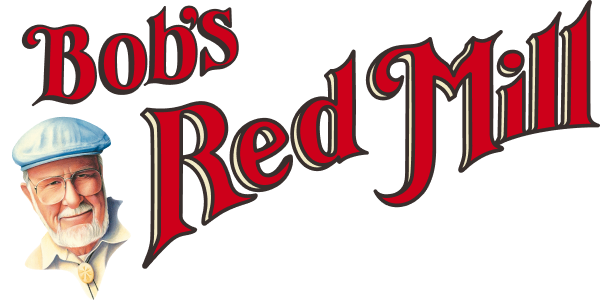


 While briefly touched on the two types of popcorn above, it's crucial to learn all you can about the variety in kernels so that your popcorn turns out just as expected. Simply put, white popcorn has a more tender texture than yellow. This is because it pops into smaller, more fine bright white shapes. Conversely, yellow popcorn tends to produce a much larger and sturdier form than white corn, and the popped kernels hold a yellowish tint to them.
If you're on a mission to recreate your favorite movie theater popcorn, we recommend using yellow kernels. Because these kernels produce larger, sturdier popcorn, they'll hold up to more decadent toppings.
To better understand the different types of popcorn kernels, let's take a closer look at each.
While briefly touched on the two types of popcorn above, it's crucial to learn all you can about the variety in kernels so that your popcorn turns out just as expected. Simply put, white popcorn has a more tender texture than yellow. This is because it pops into smaller, more fine bright white shapes. Conversely, yellow popcorn tends to produce a much larger and sturdier form than white corn, and the popped kernels hold a yellowish tint to them.
If you're on a mission to recreate your favorite movie theater popcorn, we recommend using yellow kernels. Because these kernels produce larger, sturdier popcorn, they'll hold up to more decadent toppings.
To better understand the different types of popcorn kernels, let's take a closer look at each.
 So, what is the main difference between white popcorn and yellow popcorn? Simply put, the size and the color of the grain. Small and more delicate kernels are often an indicator that you're using white popcorn. If you're searching for yellow popcorn, look for kernels that are larger and shaped like pearls.
So, what is the main difference between white popcorn and yellow popcorn? Simply put, the size and the color of the grain. Small and more delicate kernels are often an indicator that you're using white popcorn. If you're searching for yellow popcorn, look for kernels that are larger and shaped like pearls.
 Now that you know the differences between white and yellow popcorn, you might be wondering if there is a nutritional difference. In most cases, without toppings, the nutrition of each variety is the same. The truth is, the butter, salt and heavy toppings commonly added to popcorn provide the bulk of the caloriesRemember, popcorn is an easy-to-make, whole grain food. Popcorn, on its own, is naturally high in several essential vitamins and nutrients that are essential for your health. When topped with other natural ingredients, the popcorn nutrition can be great for you.
Now that you know the differences between white and yellow popcorn, you might be wondering if there is a nutritional difference. In most cases, without toppings, the nutrition of each variety is the same. The truth is, the butter, salt and heavy toppings commonly added to popcorn provide the bulk of the caloriesRemember, popcorn is an easy-to-make, whole grain food. Popcorn, on its own, is naturally high in several essential vitamins and nutrients that are essential for your health. When topped with other natural ingredients, the popcorn nutrition can be great for you.